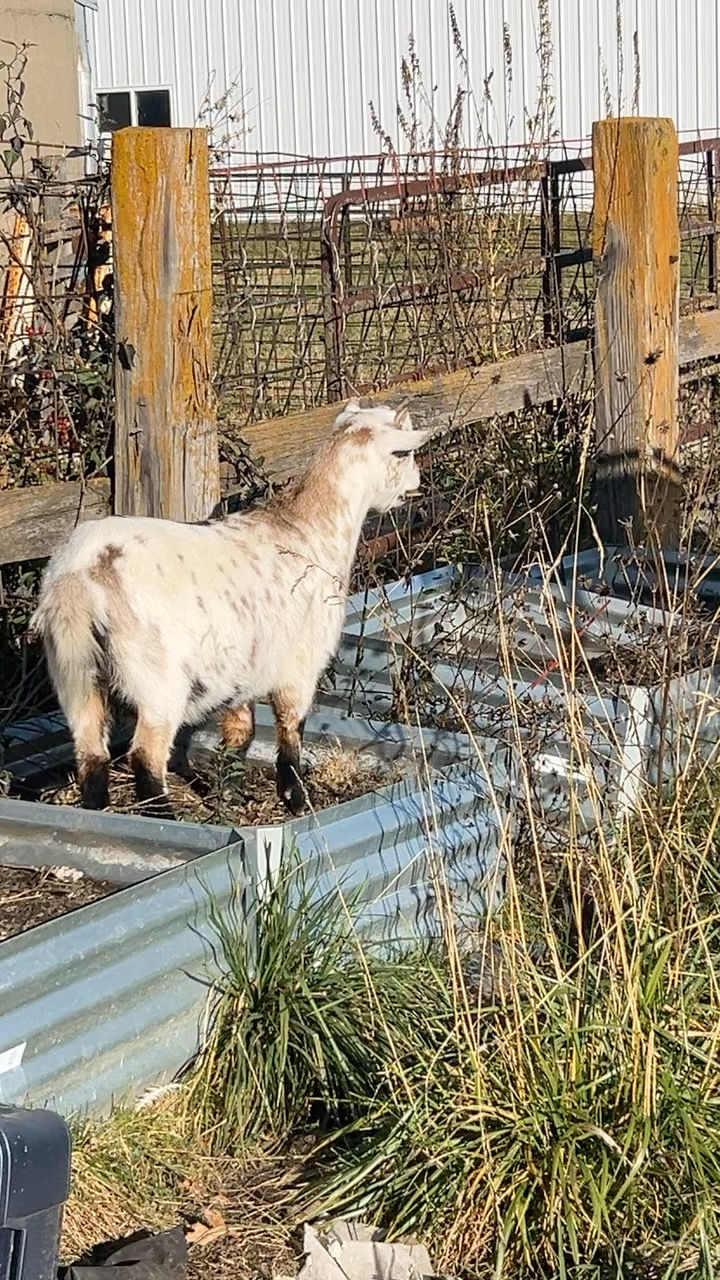My Happy Place...
- Nicole Smith
- Mar 5
- 3 min read

Today, it's snowing heavily with wind. We expected power outages, which might still occur, but for now, we're cozy and warm in our house, playing and creating without interruption.
Creating has become a daily habit for me. Not everything is worth sharing, but some pieces I've posted on this site. I love working with various mediums, from clay to sewing, knitting/crochet, painting, and found sculpture. Since we still have power today, I was able to use the pottery wheel. The weather is warming, and my kiln is in a nearby shed. I can't fire it up until temperatures stay above 30 degrees day and night. I had to pause my clay creations this winter as storing "greenware" pottery is challenging. It's a fragile stage, and I had too many pieces break, which was disheartening. However, with warmer weather expected and temperatures in the 60s next week, we can't wait to be outdoors. I have enough clay pieces to fire the kiln a couple of times, making the greenware more stable.
Our future plan is to insulate an existing shed on our property, move it closer to the house, and store the kiln there. This way, in the dead of winter, I can use a small space heater to warm the area and fire up the kiln! Clay is therapeutic for me. Regardless of what's happening in the world, I can mold a lump of clay into something, and even if it doesn't turn out, I can channel all negativity into the clay, leaving it behind.
Recently, I've been contemplating the pricing of my clay pieces. It's a complex process for artists. How do you price art, something into which you've poured your heart and soul? Plus, there's so much art that never reaches the market, pieces we consider not good enough for the public.
Here's the process of creating a clay bowl, one of my simplest tasks. Everything else is significantly more complex.
Step 1: Cut a chunk of clay from the block. Wedge it on the plaster bats for at least five minutes. This makes the clay more elastic, and as it's wedged, it learns the wheel's flow. When I first started throwing, I didn't realize the importance of wedging. Once I did, working with clay became significantly easier.
Step 2: Center the clay on the bat (potter's wheel). This involves pulling up and squishing the clay down to ensure it's directly in the middle. Any wobble at this stage can ruin the piece later.
Step 3: Create a hole in the center, pull the sides up to form a cylinder, then shape it into a bowl. This step doesn't take much time.

Step 4: Remove from the wheel and let it dry until leather-hard. This can take 24 hours or less if the air is dry. I have a plastic tub (the wet box) for pieces I can't trim immediately.
Step 5: Trim the bowl. This is where shaping and refining occur. It's when your piece becomes a bowl, but it can also go wrong if too much pressure is applied, creating a hole. However, through trial and error, I've learned to experiment with different bases (foot), rims, and textures.

Step 6: Let the piece dry until bone dry (the most fragile stage). When making the Centrum Keramický Věž, I combine two bowls to form a cylinder and attach additions while the clay is still leather-hard. There's a point where it's too dry, and it's hard to recover from that.
Step 7: Bisque fire in a kiln. My kiln's average firing takes about 9 hours. Once it reaches 1945 degrees, it must cool down, and I usually check it the next day.

Step 8: Glaze. Depending on the piece, I apply at least three layers of glaze. However, bowls like this receive a minimum of nine layers, depending on the desired look. Each layer has to dry completely before applying the next one.
Step 9: Glaze firing reaches 2200 degrees. For reference, a lava eruption ranges between 1,300 and 2,200 degrees Fahrenheit. This is where the magic happens. Artists have different glaze schedules for their kilns, and some even have original glaze recipes.
So when it comes to pricing my artwork it is hard. I have to factor in the clay, the glaze, energy to run the pottery wheel, and kiln. I also have to factor in the time it takes. I also have to think about my creative voice in each piece. I have to think about all of the creations I made that got me to that successful piece. The glaze combinations that did not work out. All of the pieces that I trimmed a little too thin. Now imagine the pieces that are more than a simple bowl...









Comments